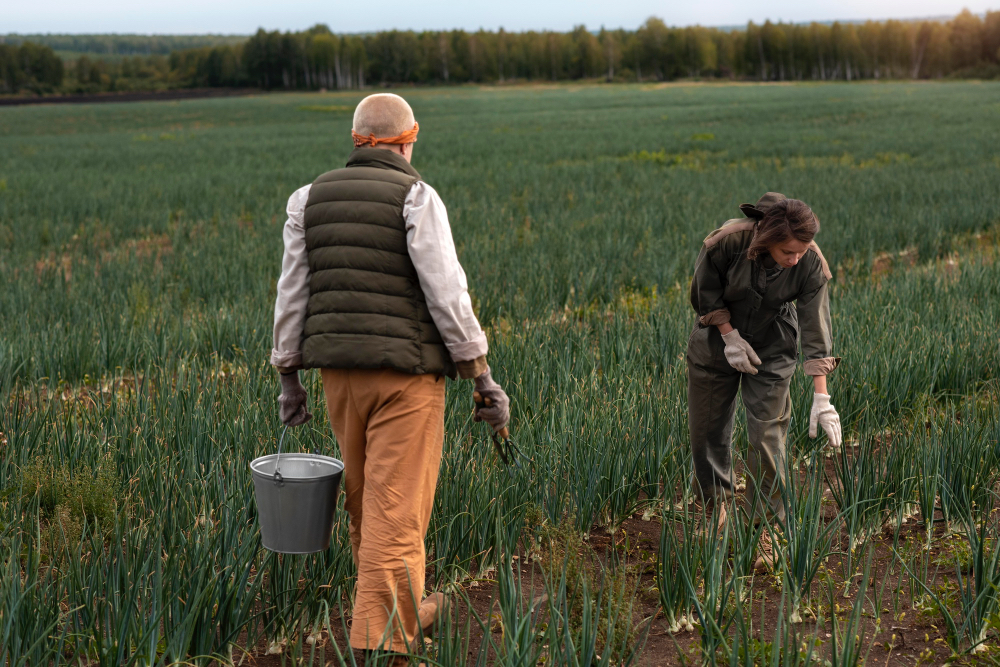Farm events, conferences, field days, and networking gatherings are invaluable opportunities for farmers. Whether hosted on your farm or elsewhere, these events offer a rare chance to gain fresh insights, build meaningful connections, and bring back innovative ideas. Beyond just knowledge, they help improve efficiency, enhance profitability, and spark changes that can reshape your farm’s future. But let’s be honest—stepping into a place full of strangers can feel daunting, especially when you’re more comfortable in the paddock than in a conference hall.
If you’ve ever attended an event and walked away thinking, I didn’t really get much out of that, you’re not alone. Many people go into events without a clear plan, leading to missed opportunities. Here’s a simple strategy to help you make the most of any farming event you attend—ensuring you return home with valuable insights, useful connections, and practical takeaways that benefit your farm.
1) Prepare Your Farm for Your Absence
Before you even think about what you’ll gain from an event, make sure your farm will run smoothly while you’re away. The last thing you want is to spend your time at a conference distracted by phone calls and urgent farm issues.
Here’s how to set things up in advance:
-
Use a Task Management System
Clearly document what needs to be done while you’re away. Assign responsibilities to your team (or family members) and make sure they know how to handle unexpected issues.
-
Have a Clear Communication Plan
Let your team know when you’ll be available to check in. If possible, delegate decision-making to a trusted person so you’re not constantly interrupted.
-
Prepare for Your Return
Set a follow-up plan for when you get back. What tasks will need your attention first? Having a structured re-entry plan will help you quickly apply what you’ve learned.
Once your farm is prepared, you can focus fully on making the most of the event.
2) Go in With a Strategy in Farm Events
Most people show up at events without a clear plan, leading to surface-level conversations that don’t go anywhere. Instead, approach the event with a strategy that helps you build real relationships.
1. Focus on Value First
Networking isn’t about handing out business cards or making quick sales. Instead of asking, What can I get?, flip the question to How can I help?
- Offer insights or experiences from your farm that others might find useful.
- Be curious—ask good questions and show genuine interest in others.
- If you meet a speaker or expert, don’t just praise their talk—share a specific takeaway and how you plan to use it.
2. Have a Clear and Memorable Introduction
People remember specifics. Instead of saying, I run a farm in Central NSW, try something more engaging:
“I run a mixed enterprise farm in Central NSW, and I’m focused on improving pasture rotation to boost both soil health and profitability. I’m here to learn more about automation in farming.”
3. Pre-Identify Who You Want to Meet
Many big farming events provide an attendee list or speaker lineup. Instead of walking in blind:
- Look for farmers in your industry or those who have faced similar challenges.
- Identify 5–10 key people you’d like to meet.
- If possible, engage before the event with a simple email or text like:
“Hey [Name], I saw you’ll be at [Event]! I’d love to connect and hear about your work in [industry]. Will you be at [specific session]?”
This makes the first in-person conversation much easier.
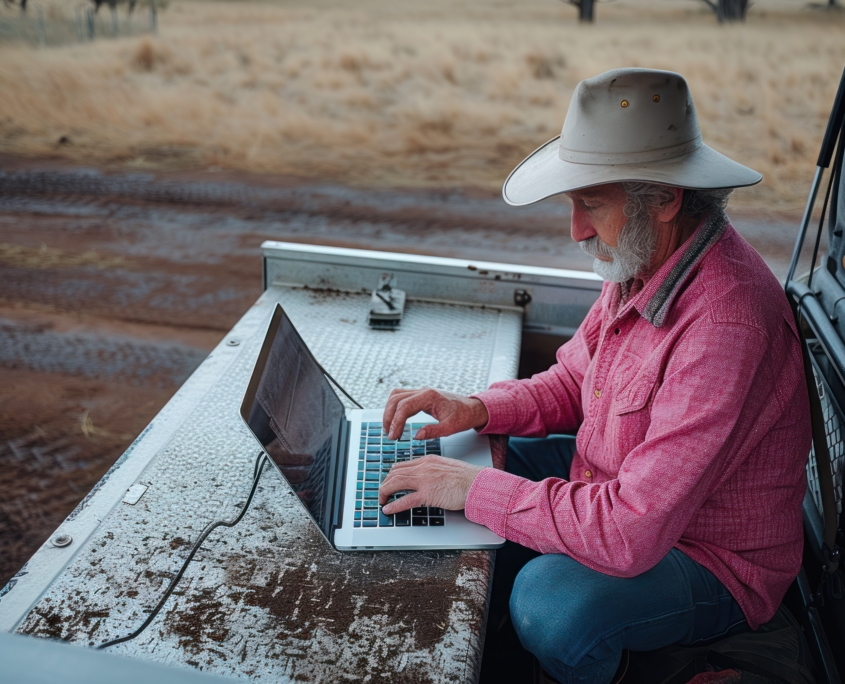
3) Build Connections That Last
A common mistake people make at events is collecting contacts but never following up. Here’s how to turn brief conversations into lasting relationships:
-
Ask for a Unique Follow-Up
Instead of the usual “Let’s connect on Facebook or Whatsapp,” try:
“Send me that book recommendation you mentioned—I’d love to read it.”
This makes the follow-up more natural and memorable. -
Follow the 48-Hour Rule
Within 48 hours of the event, send a quick message referencing your chat and sharing something valuable—like an article, a tool, or an insight you discussed.
-
Stay in Touch Over Time
Networking isn’t about one-off interactions. If you found someone particularly insightful, schedule a follow-up chat in a month or two to exchange more ideas.
4) Apply What You Learn in Farm Events
The real value of such events comes from how you apply what you’ve learned. Before heading home, take 10 minutes to jot down:
- The top 3 ideas you want to implement.
- The key people you want to follow up with.
- The action steps to take in the next week.
Alert: Even the best event is wasted if you don’t take action afterward.
Make Every Event Count
Attending farming events can be an uncomfortable step outside your routine, but with the right approach, they can become powerful opportunities for learning and growth. By preparing your farm in advance, going in with a clear networking strategy, and following up effectively, you’ll walk away from events with valuable insights and relationships that can benefit your farm for years to come.
So, the next time you sign up for farm events, conferences, field days, or other networking event, use this strategy—and get ready for a learning-filled, productive experience! Need more guidance? Access our free resources and get personalised support here.
If you found this article helpful, share it with your network to help others unlock their farming potential. Don’t forget to like and follow us on social media for more insightful tips: Facebook, Instagram, and LinkedIn. Let’s empower more farmers together!

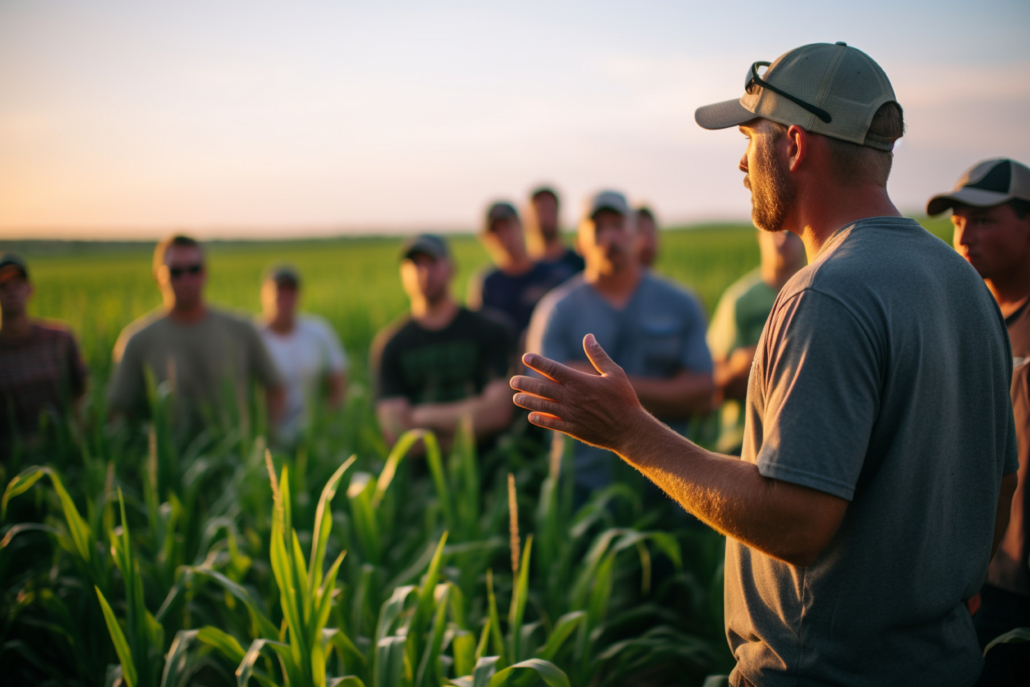 Enable Ag
Enable Ag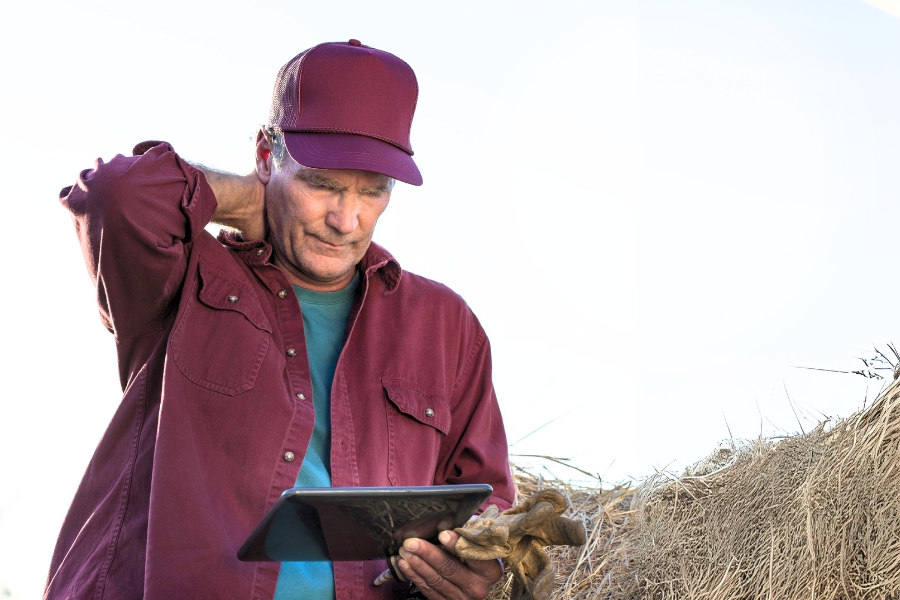 Enable Ag
Enable Ag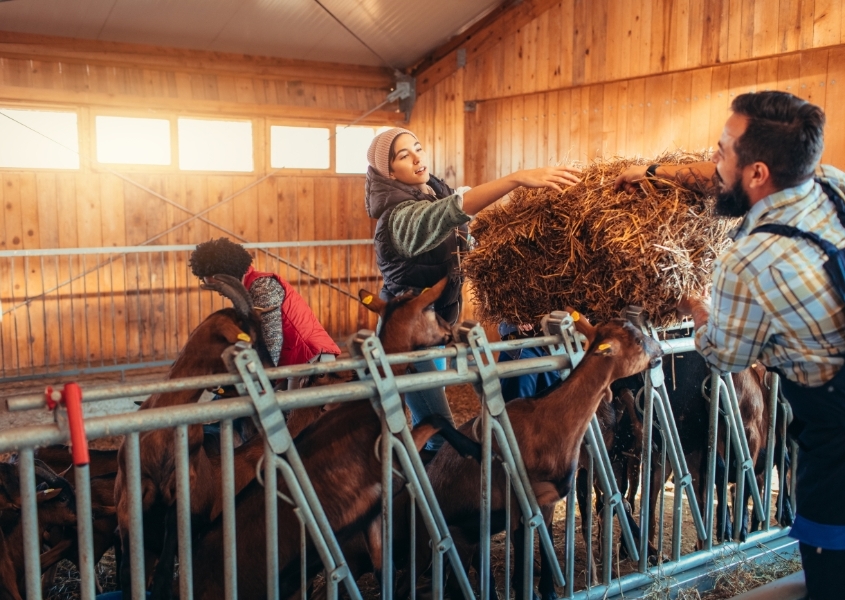
 Enable Ag
Enable Ag
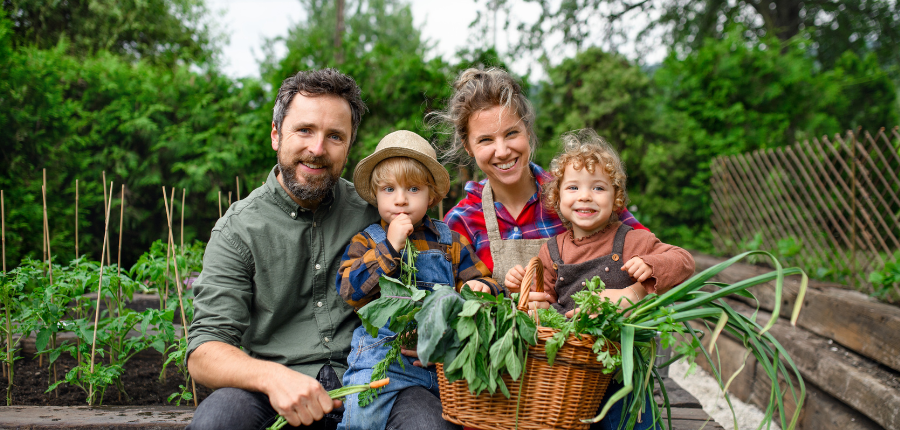

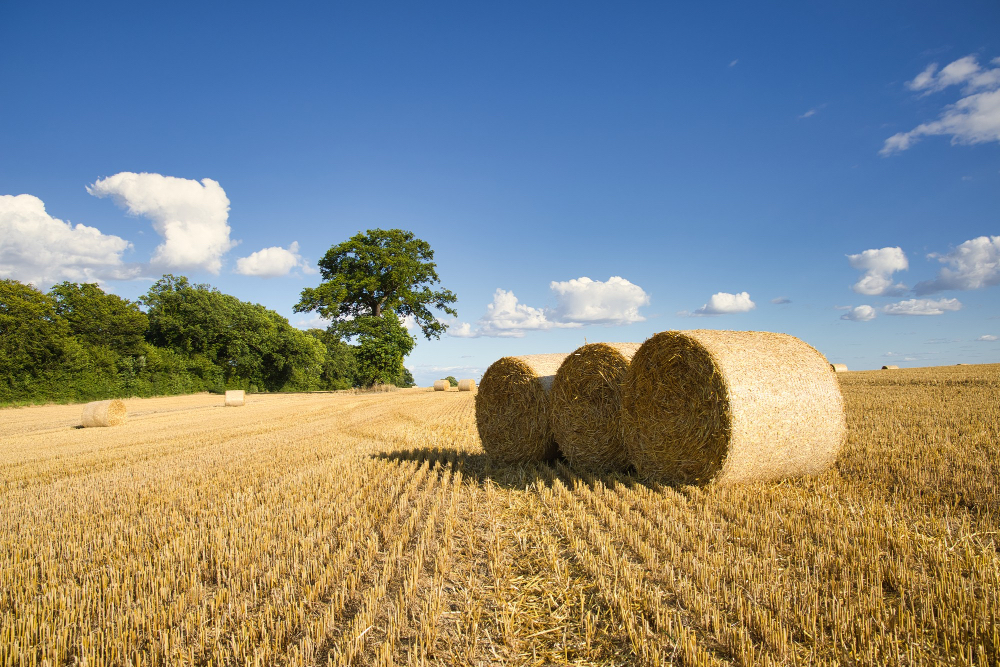 Enable Ag
Enable Ag